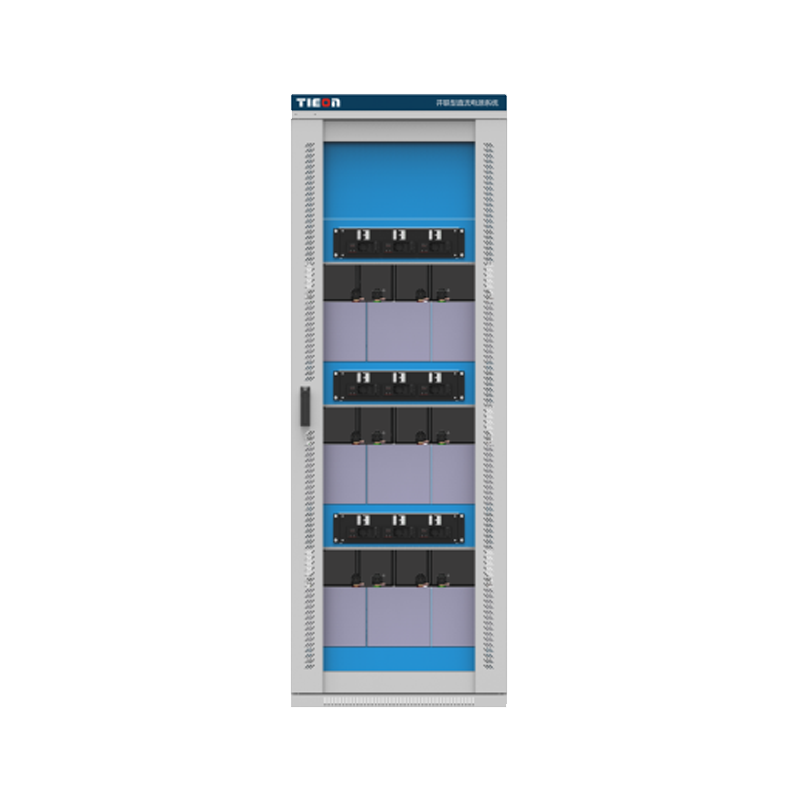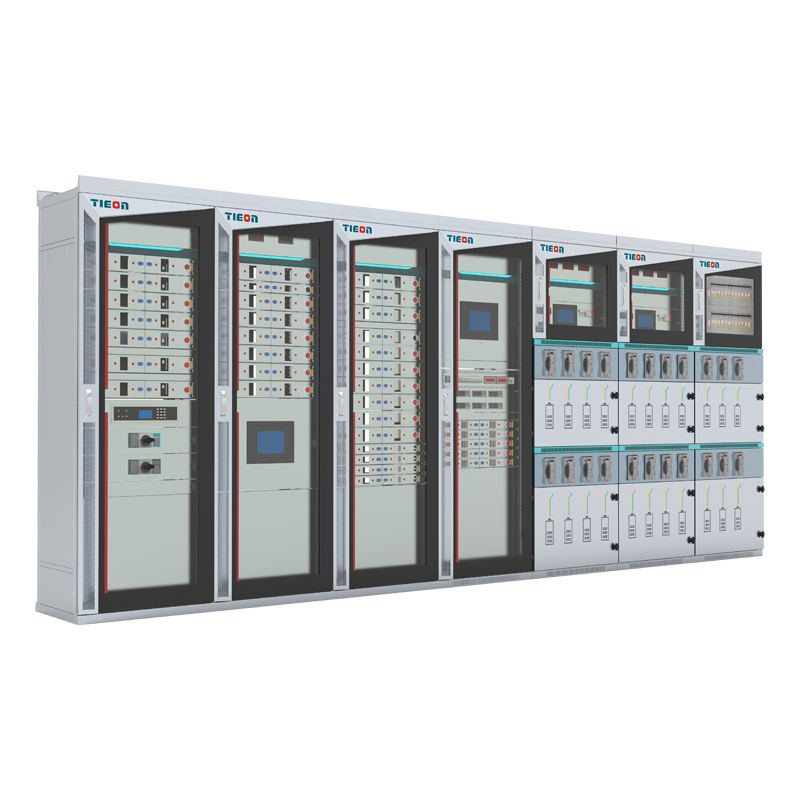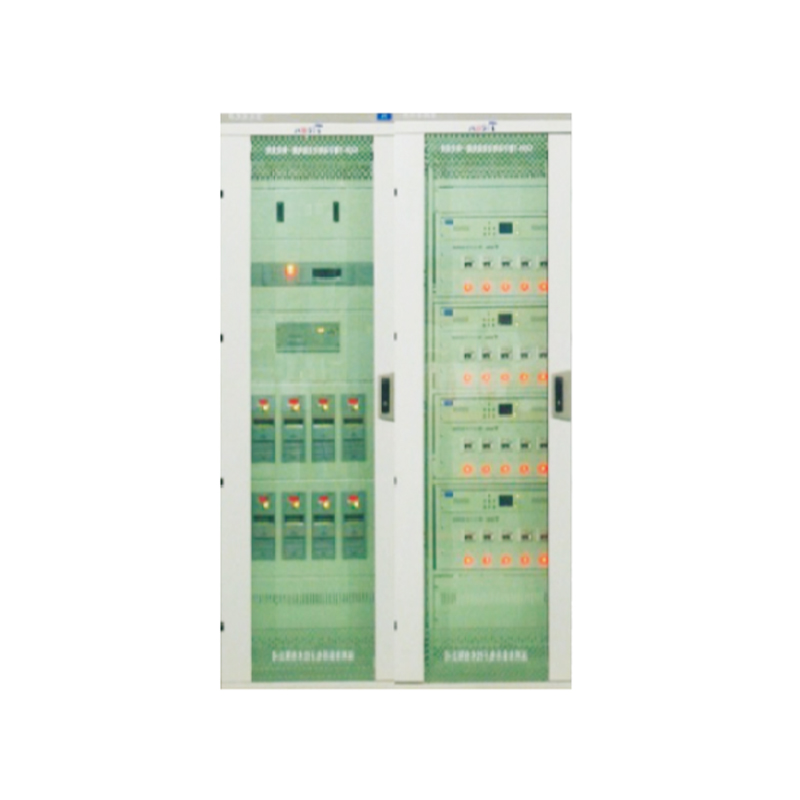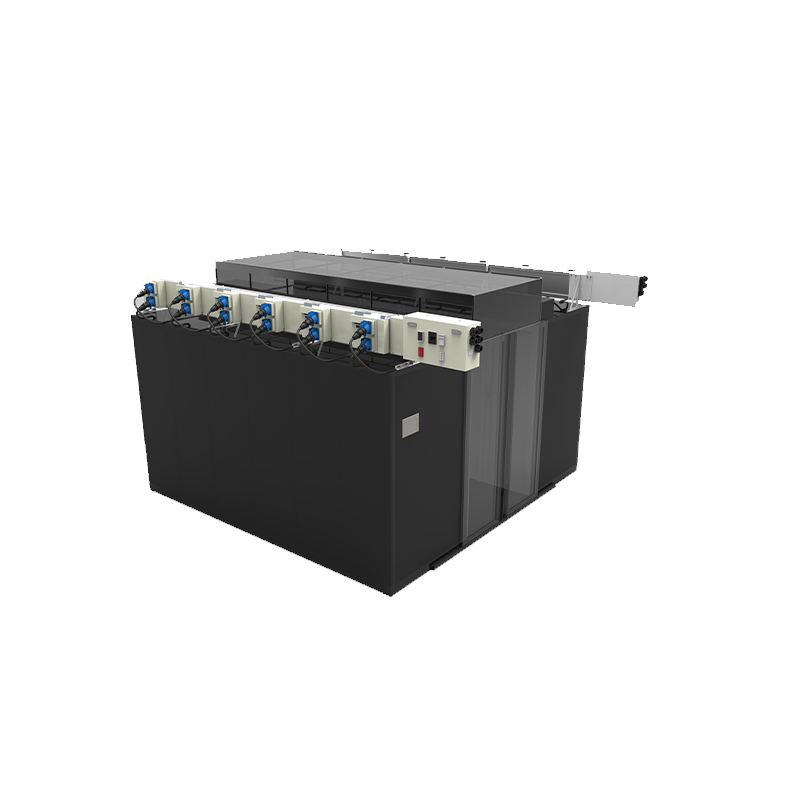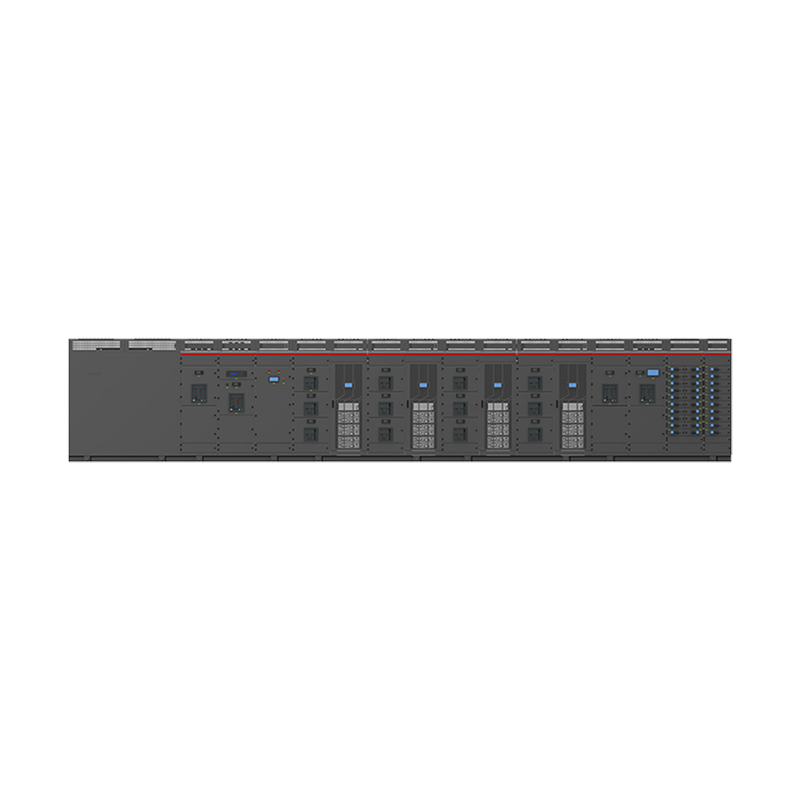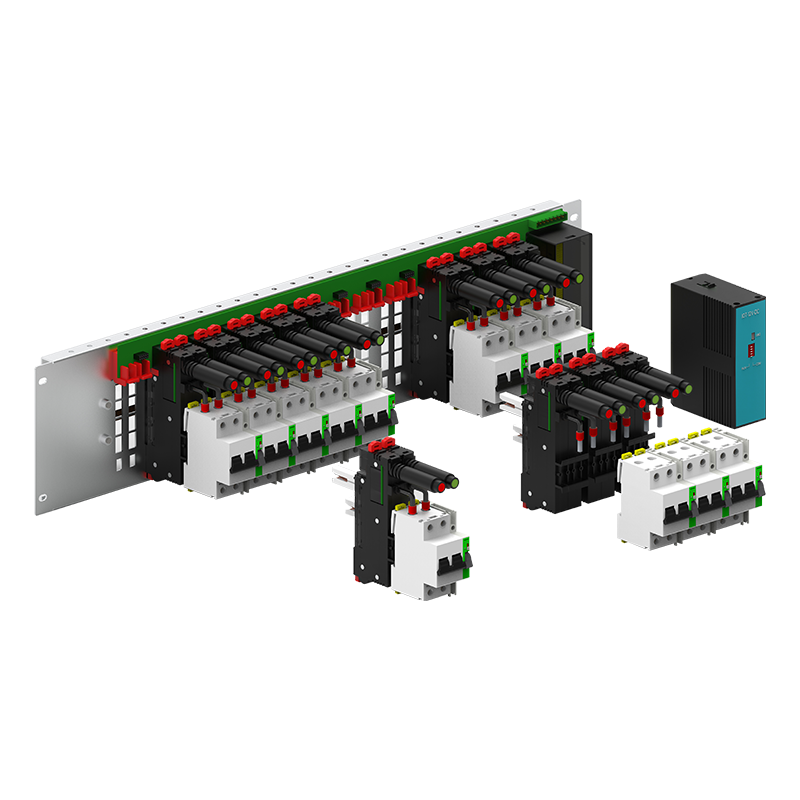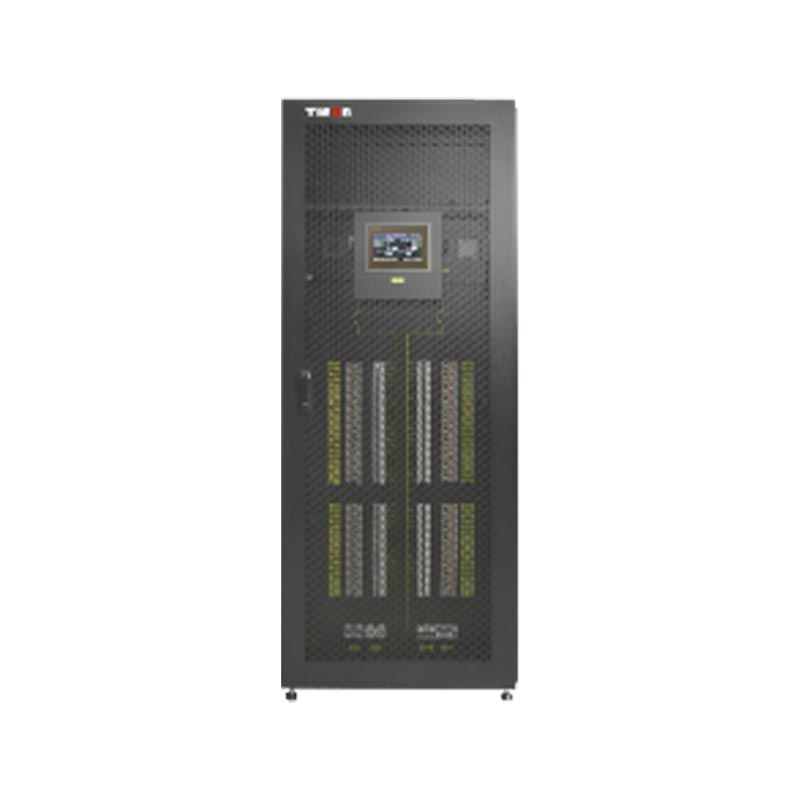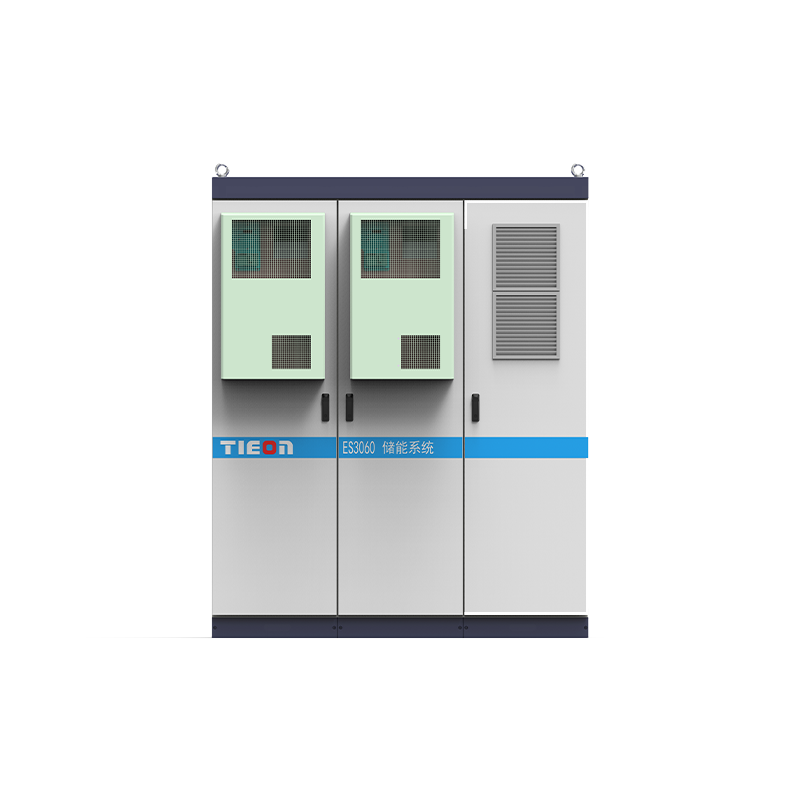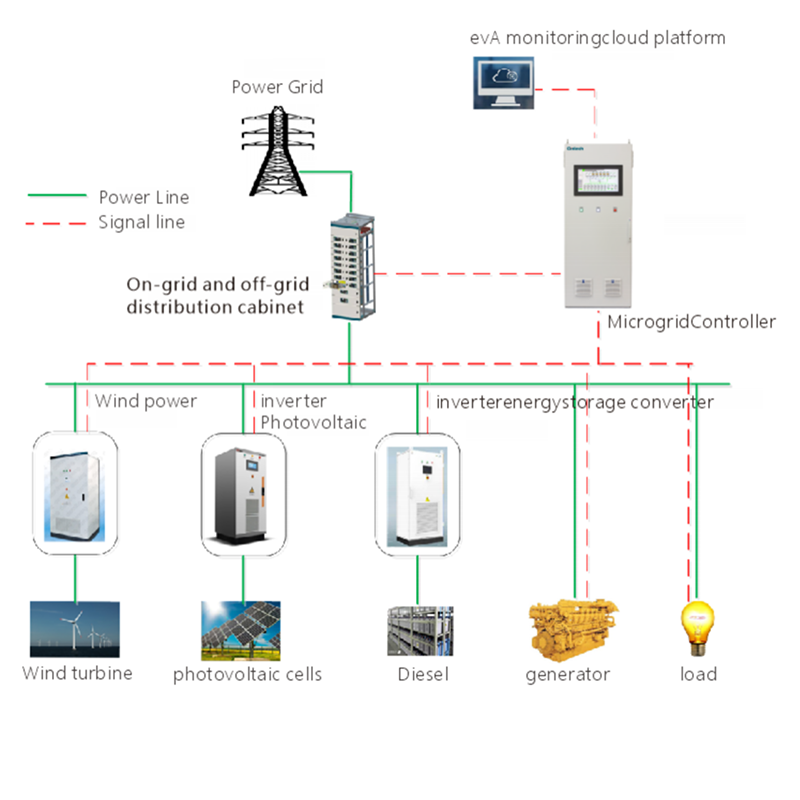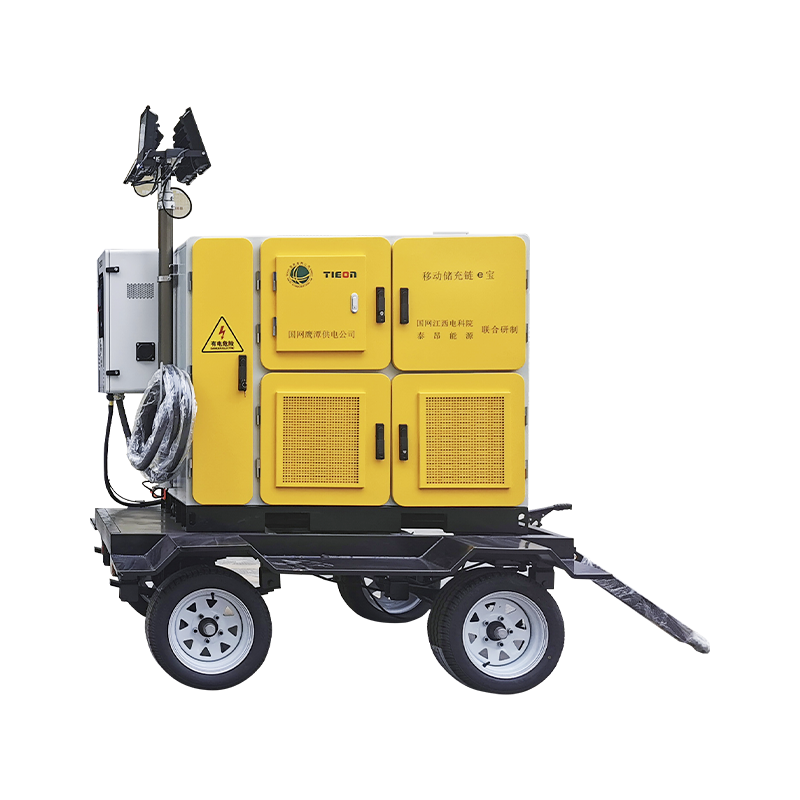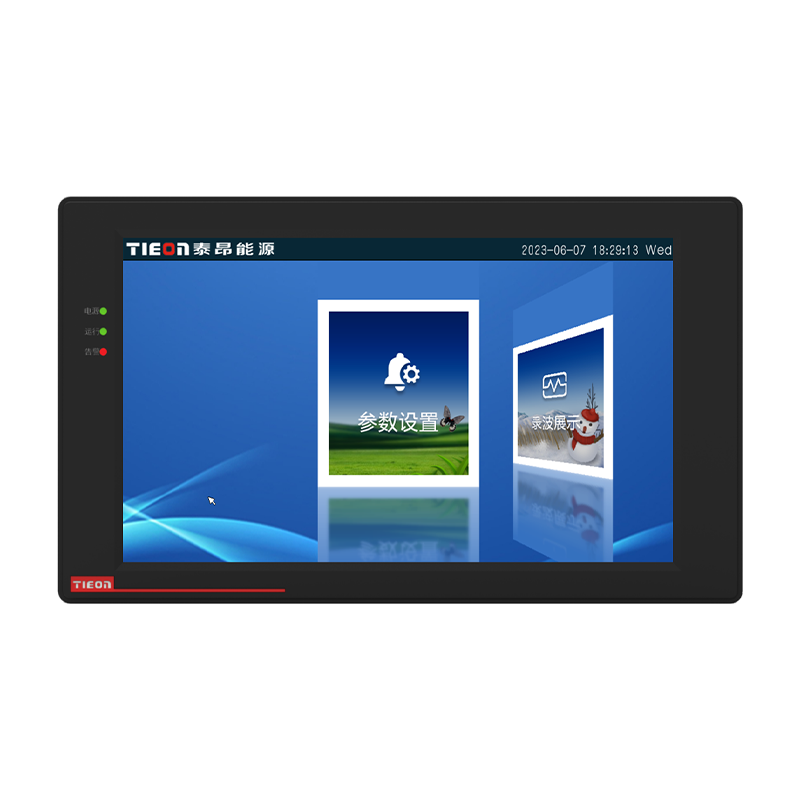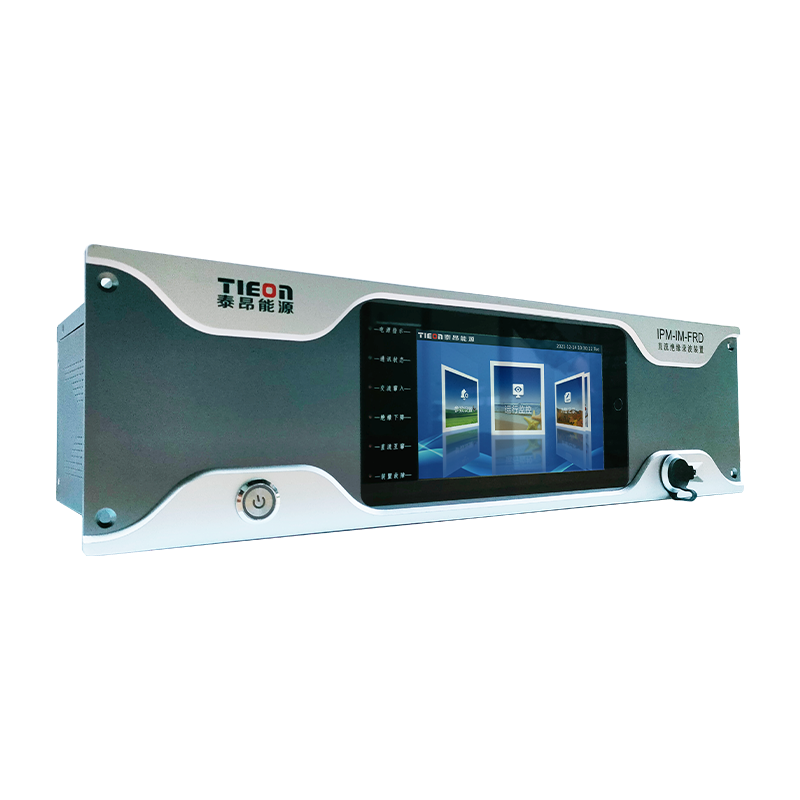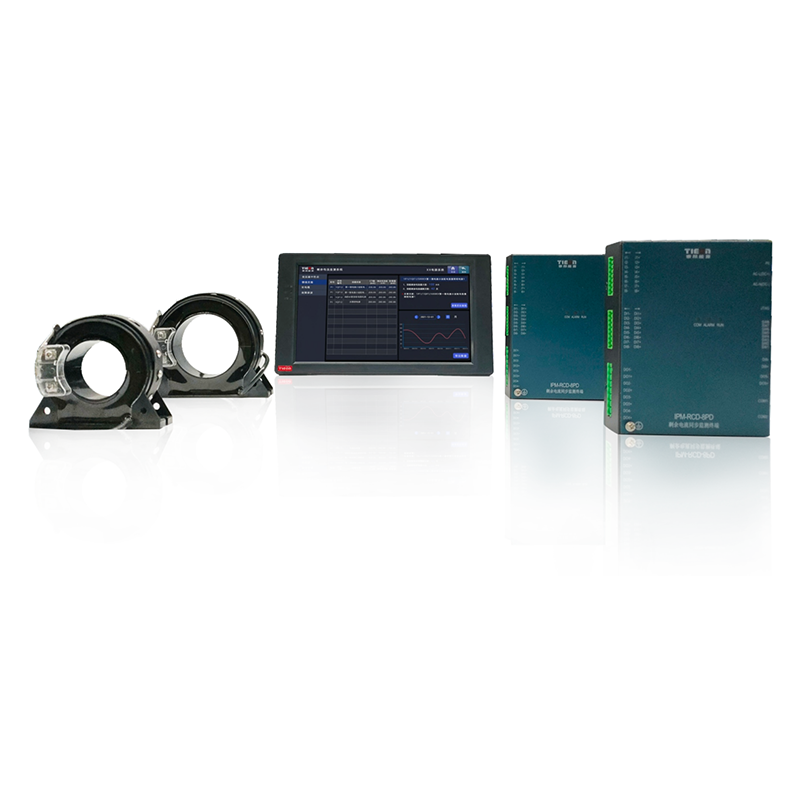Distribution equipment is a combination of devices used in power systems for the allocation, control, protection, and monitoring of electrical energy. Its primary function is to transmit electrical energy from the power source (such as transformers or generators) to various electrical devices or downstream distribution systems, ensuring the safety, stability, and efficient operation of the power system.
Distribution equipment typically includes a variety of components such as switchgear, protective devices, measuring instruments, busbars, and connecting cables. These are widely used in low-voltage, medium-voltage, and high-voltage distribution systems. Depending on the voltage level and application scenarios, distribution equipment can be categorized into low-voltage distribution equipment, medium-voltage distribution equipment, and high-voltage distribution equipment. This classification helps in selecting the appropriate type of equipment for specific applications, ensuring optimal performance, safety, and reliability across different sectors and operational environments. Each category is designed to meet specific requirements and standards corresponding to its voltage class and intended use.
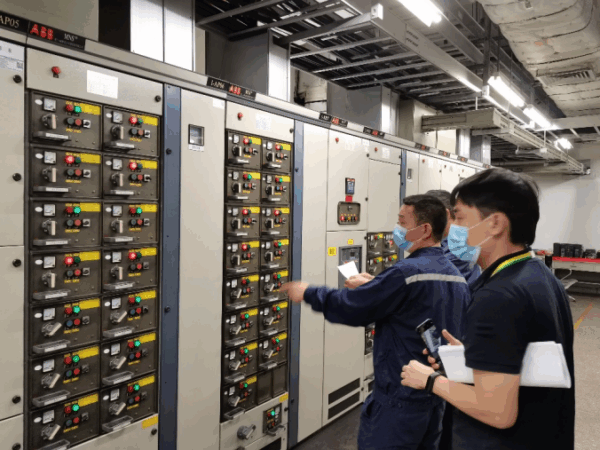
Distribution Equipment has the rest of its core functions, which are
- Energy Distribution: Distributes electrical energy from the power source to various electrical devices or downstream distribution systems.
- Circuit Control: Controls the on-off status of circuits through switching devices such as circuit breakers and disconnect switches.
- Protection: Prevents faults like overloads and short circuits by using protective devices such as circuit breakers, fuses, and relays.
- Monitoring and Metering: Monitors the usage of electrical energy through instruments like energy meters, ammeters, and voltmeters.
- Isolation and Maintenance: Ensures safety during repairs and operations by using devices like disconnect switches to isolate parts of the system.
Typical Applications of Distribution Equipment
- Residential Use: Distribution and protection of electrical power for household appliances and devices. This includes ensuring safe and efficient distribution of electricity within homes.
- Commercial Buildings: Power distribution in places like shopping malls, office buildings, and other commercial facilities. Ensures that the electrical needs of these environments are met safely and efficiently.
- Industrial Use: Control and protection of electrical power for factory equipment. In industrial settings, distribution equipment plays a crucial role in managing high-power machinery and ensuring operational safety.
- Public Utilities: Power distribution for public facilities such as street lighting and traffic signals. Ensures that essential services are reliably powered, contributing to public safety and convenience.
These applications highlight the versatility and importance of distribution equipment across various sectors, ensuring that electrical power is delivered reliably and safely wherever it is needed. Each setting presents unique challenges and requirements, which are addressed by appropriately designed and configured distribution systems.

